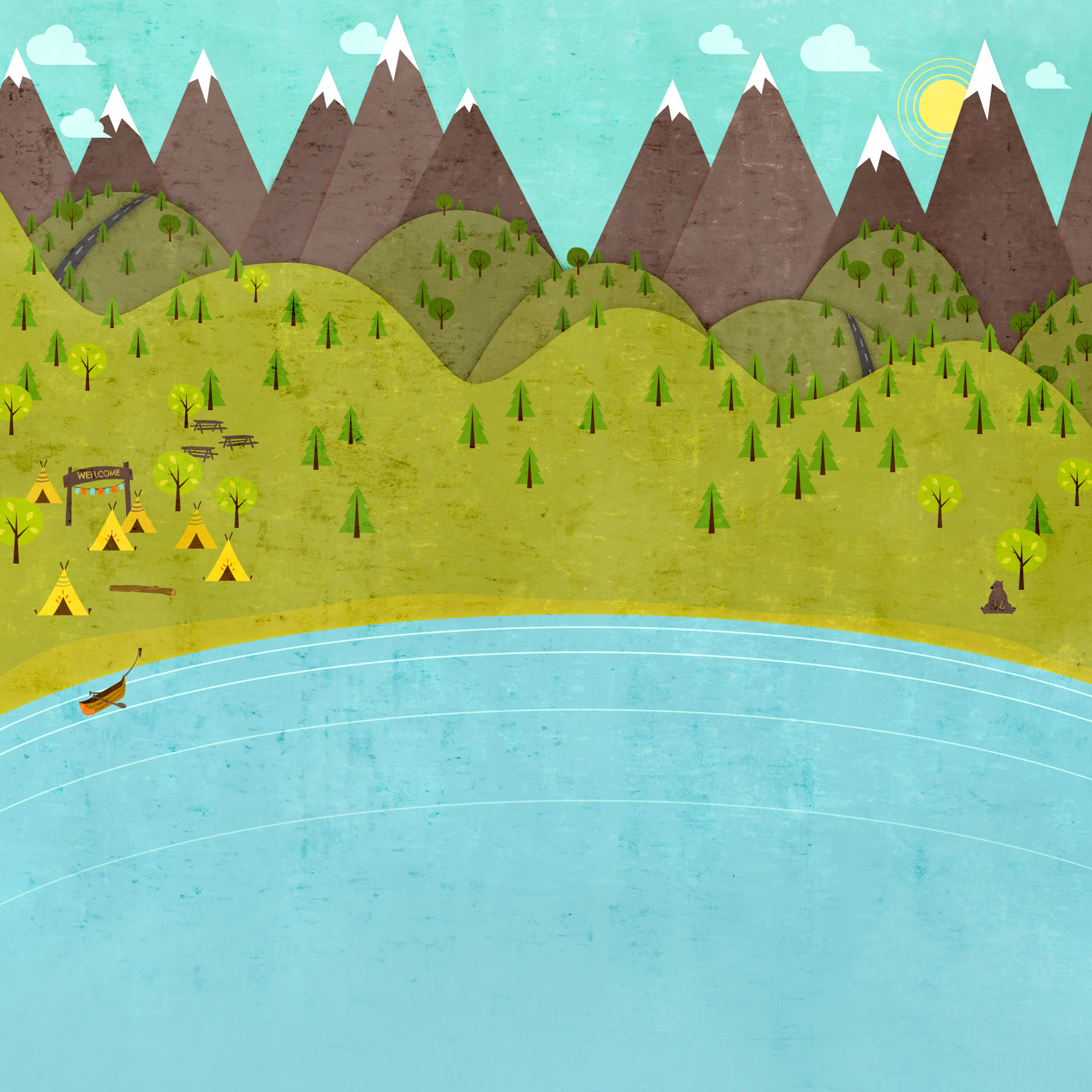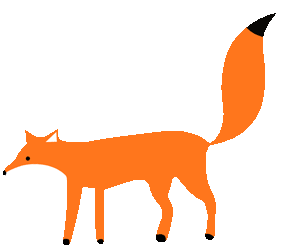
Arts Education

I'm a title. Click here to edit me
I'm a paragraph. Click here to add your own text and edit me. It’s easy. Just click “Edit Text” or double click me to add your own content and make changes to the font. Feel free to drag and drop me anywhere you like on your page. I’m a great place for you to tell a story and let your users know a little more about you.
This is a great space to write long text about your company and your services. You can use this space to go into a little more detail about your company. Talk about your team and what services you provide. Tell your visitors the story of how you came up with the idea for your business and what makes you different from your competitors. Make your company stand out and show your visitors who you are.
At Wix we’re passionate about making templates that allow you to build fabulous websites and it’s all thanks to the support and feedback from users like you! Keep up to date with New Releases and what’s Coming Soon in Wixellaneous in Support. Feel free to tell us what you think and give us feedback in the Wix Forum. If you’d like to benefit from a professional designer’s touch, head to the Wix Arena and connect with one of our Wix Pro designers. Or if you need more help you can simply type your questions into the Support Forum and get instant answers. To keep up to date with everything Wix, including tips and things we think are cool, just head to the Wix Blog!
week 6 20/3/15
aboriginal dance
AusVels
Level 5 & 6 Dance- Explain how the elements of dance and production elements communicate meaning by comparing dances from different social, cultural and historical contexts, including Aboriginal and Torres Strait Islander dance (ACADAR012)
Level 5 & 6 Dance- Perform dance using expressive skills to communicate a choreographer’s ideas, including performing dances of cultural groups in the community(ACADAM011)
(Australian Curriculum, Assessment and Reporting Authority 2015)
Other year levels
For the younger years, this would be a good way to develop beat within the students, and this could be done by introducing one of the topics such as "na na nakana nakana na" and building on this by adding movements.
For middle years, students could explore dreamtime stories and use these movements to show a story or interpretation.
Teacher Perspective
Respect is so important within this lesson and that needs to be very clear. By also using a different type of clap stick allows for the teacher to always be heard.
This is a great lesson to discuss Aboriginal dance culture and this could be used to create comparisons between then and now within this culture.



This video shows the importance of connecting with the earth by sweeping the trees across it to cleanse the space.
The video below shows na na nakana nakana na meaning looking here, looking there, looking everywhere in Wathurong. This is showing the connection between the way Mother Earth is creating and moving and how we as humans should be observing and embracing this.
Students focus on Aboriginal culture and how this can be represented through dance. It is important when teaching this lesson, and any lesson surrounding Aboriginals you permission of what you are performing and by doing this you are respecting their rituals. It must be clear of where you have permission from to perfom this, on this occasion Jacqui has permsion from Ian Waran-Badge, an elder from the Koolin nation of Wurundjeri. This would be best suited for grade 5 & 6 as it needs alot of maturity and respect.
If you aren't sure about the content you are teaching, you should get someone to come in and run the prgram for you.
As Aboriginals were the first on this land, it is important we respect them and celebrate the way they took care of the land we stand on today. They demonstrated way of being connected through the earth through their rituals and this was then transferred into their dances.
Students begin by thanking the earth by taking a leaf of a tree and saying thanks as you break it up and put it into the 'fire'. Students are then taught the beginning chant "Na na nakana nakana na" meaning looking here, looking there, looking everywhere as they sweep their leaves across the floor creating a connection with mother earth.
Students then use clap sticks to represent the fire by starting from the bottom and chanting shudywood. This fire is then used to show connectness between the class as it is passed around to start it.
Students then explored sakisah saki saki saki sah which is used when hiding to keepthe bad spirits away. Students are encouraged to use their leaves to hide behind.
Animals are then introduced with the beginning chant, highlighting Australian animals and how these could be represented through movement including emu, kangaroo and eagle.
As you can see from the video below, students then put this piece together using base rhythm of clapping sticks. Students combined all elements of the above to create a story. Students began working in unison to demonstrate their connection to one another and then the earth and then broke off into sections to create a clear idea of the different aspects occuring in the piece. Students were placed in a circle to show the fire in the middle of them, and this created a space for them to move around.
week 5 13/4/15
animal movement
AusVels
Level 3 & 4 Dance- Perform dances using expressive skills to communicate ideas, including telling cultural or community stories (ACADAM007)
Level 3 English- Understand that verbs represent different processes, for example doing, thinking, saying, and relating and that these processes are anchored in time through tense (ACELA1482)
(Australian Curriculum, Assessment and Reporting Authority 2015)
Other year levels
For young children, it would be good to do a short dance based on the book Animalia showing what is happening in the book. Children could be animals and freeze during movement to capture moment.
For older students, they could create their own poem and use this to create a piece of movement with their choice of music and animal.
Teacher Perspective
Students are highlighly engaged in this lesson through the use of fun music, costumes and being exposed to something that they have knowledge about. By looking at a text, it could be a fun way for children to explore verbs, adverbs or alliteration and perform these in dance.
This weeks focus was looking at the way animals move and how this is depicted in the way we dance and the way they dance in African culture. Students can be even further enaged within this lesson through the use of dress ups and getting into a character to show a proper representation of an animal. As this lesson involves alot of watching and copying, it would suit grade 3 & 4.
Students begin by looking at the story Animalia by Graeme Base and read through looking at the pictures in contrast to the alliteration used to explore various animals. Students are asked to look how the image is moving and discuss how we know that. Students are encouraged to look at the way the texture of the animal shows its movement along with the use of curved lines and the color of its shadow on the page.
By reading the words students discover the verbs and adverbs being used to describe the movement on the page. With this knowlege, students are then able to create a story and use this within their movement.
Students are then shown the Zulu warrior dance which is dancing a range of animals including a zebra. Students are asked to think about the story of the zebra and use this expressionism within their dance.
The music below can help set the mood when dancing.
Students above are showing the Zulu warrior dance and the interpretation of a Zebra whilst incorporating a traditional African dance. Students use the space in a variety of levels going low to the water hole and high as they buck their heads to the side. Students are organised in a way that they are a herd together and walking around the center together in unison.

Kingfisher boogie is a fun dance for children to learn the words and follow the teacher and would suit any age group.

